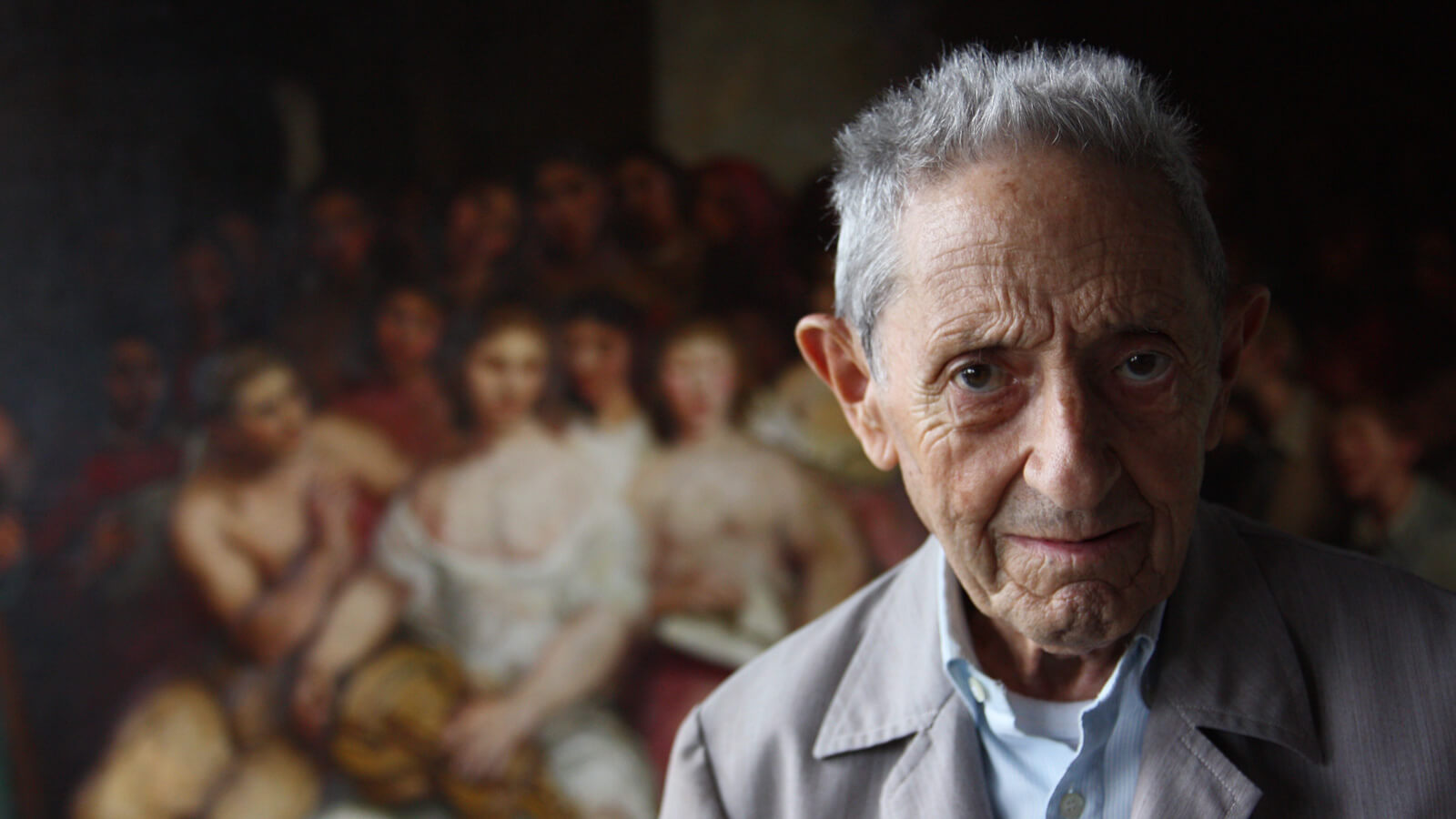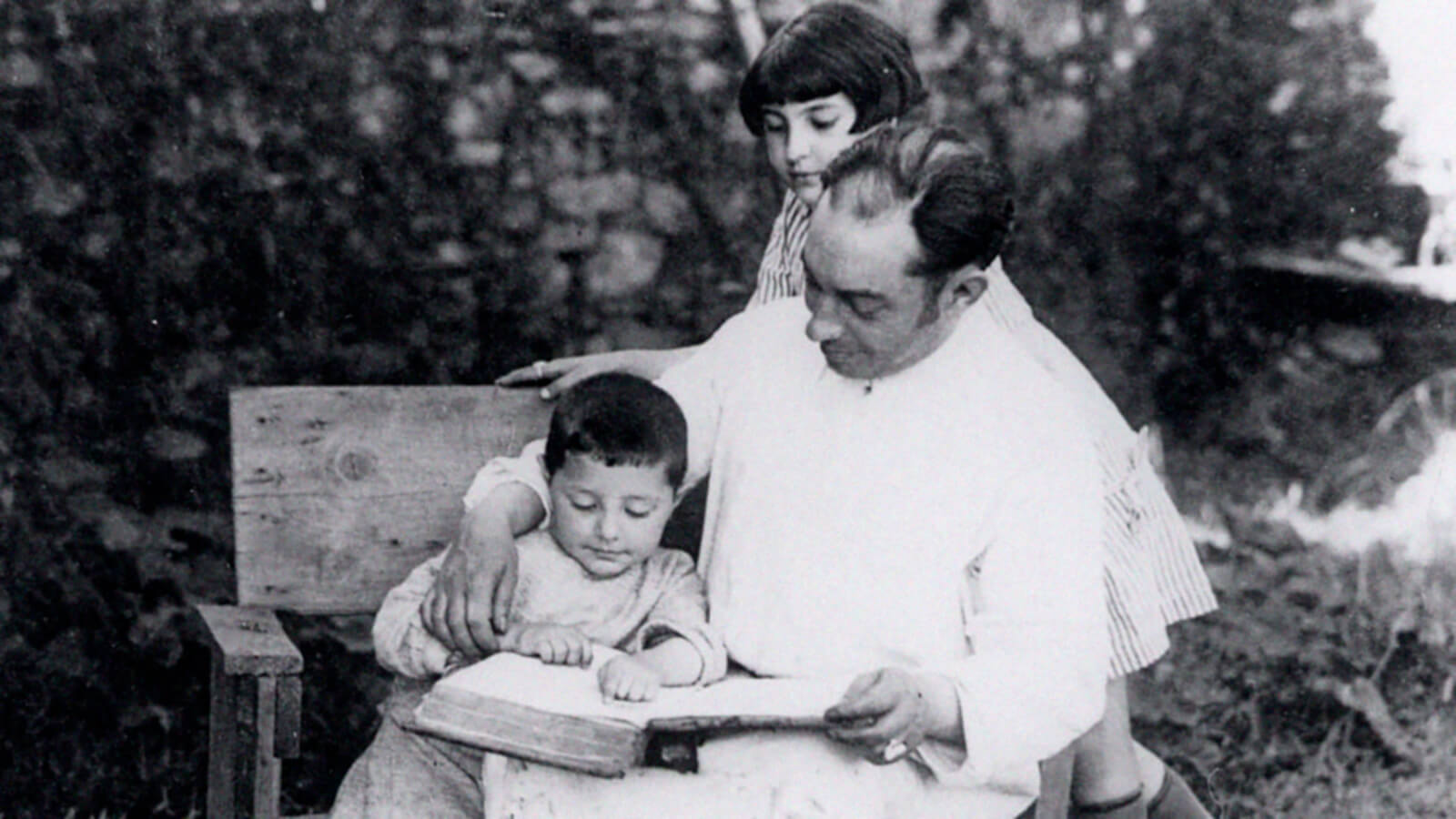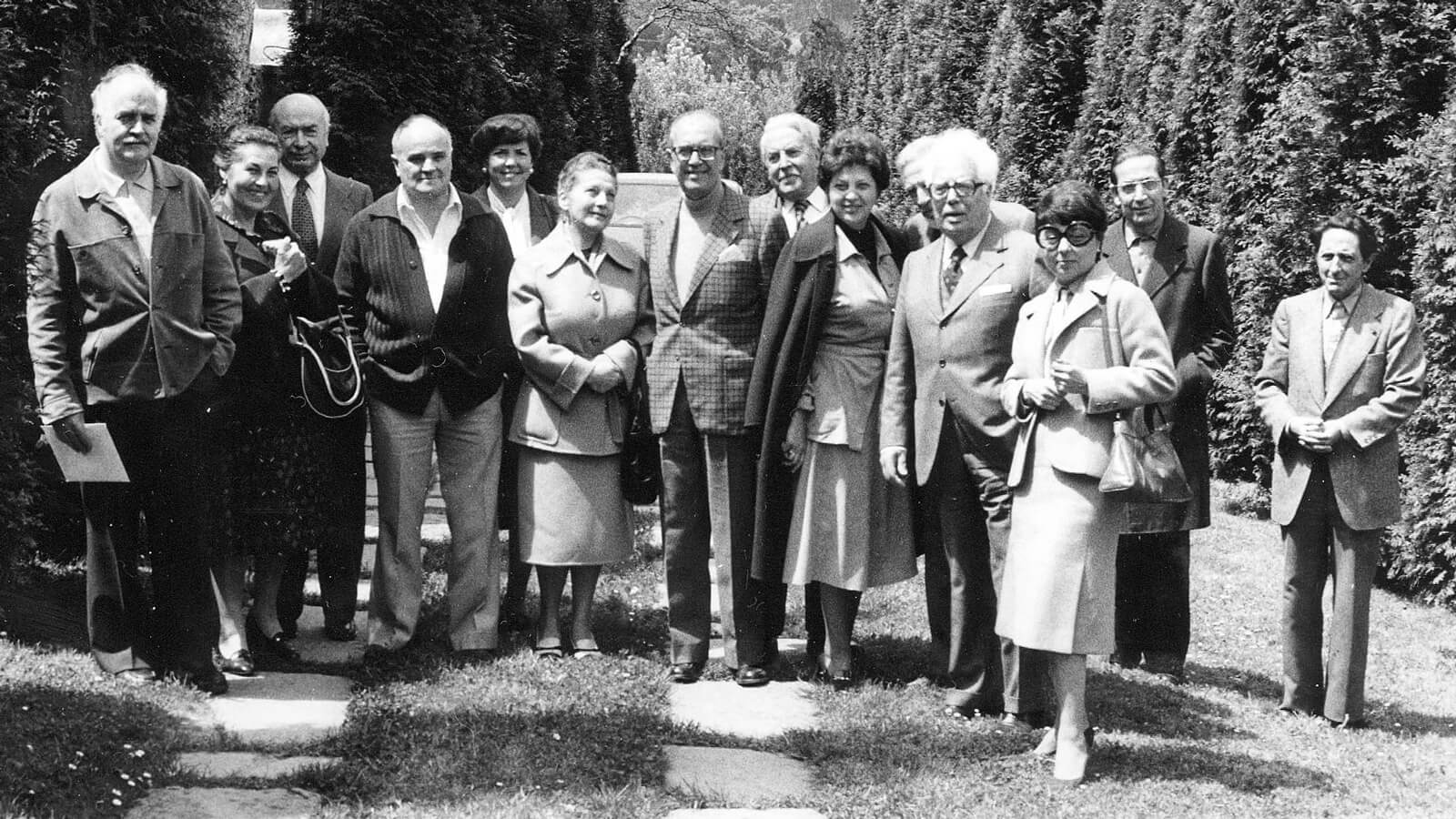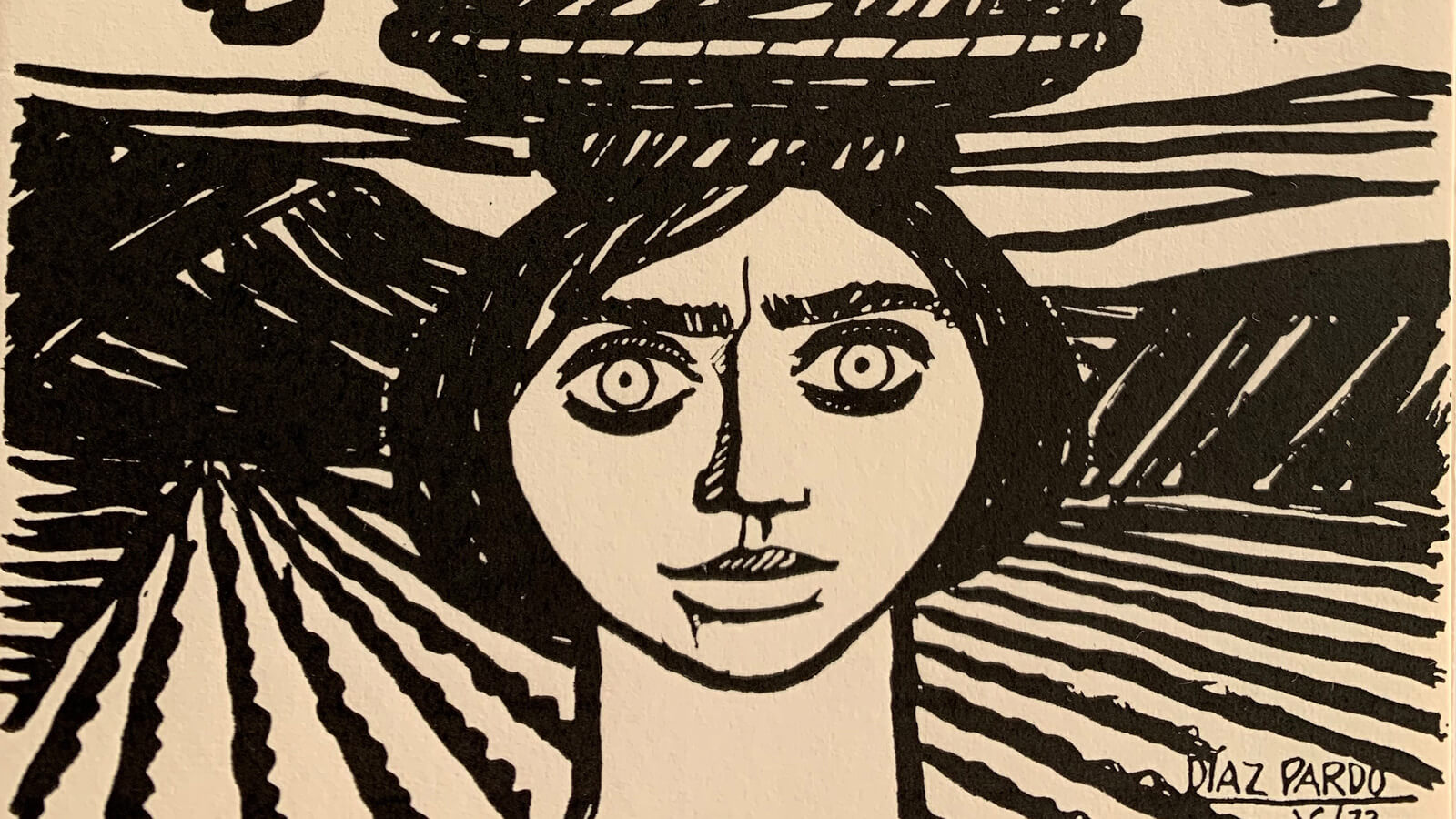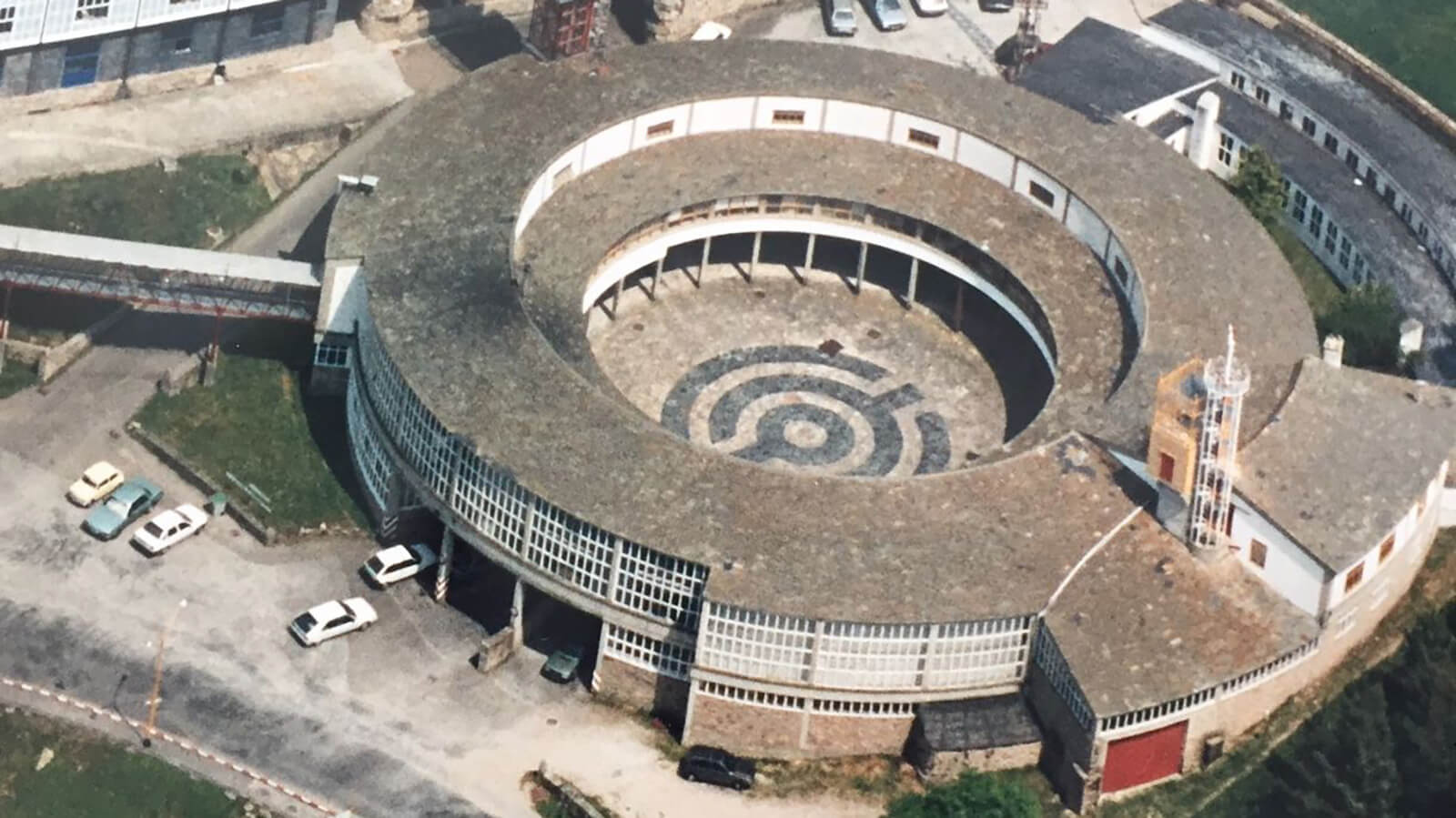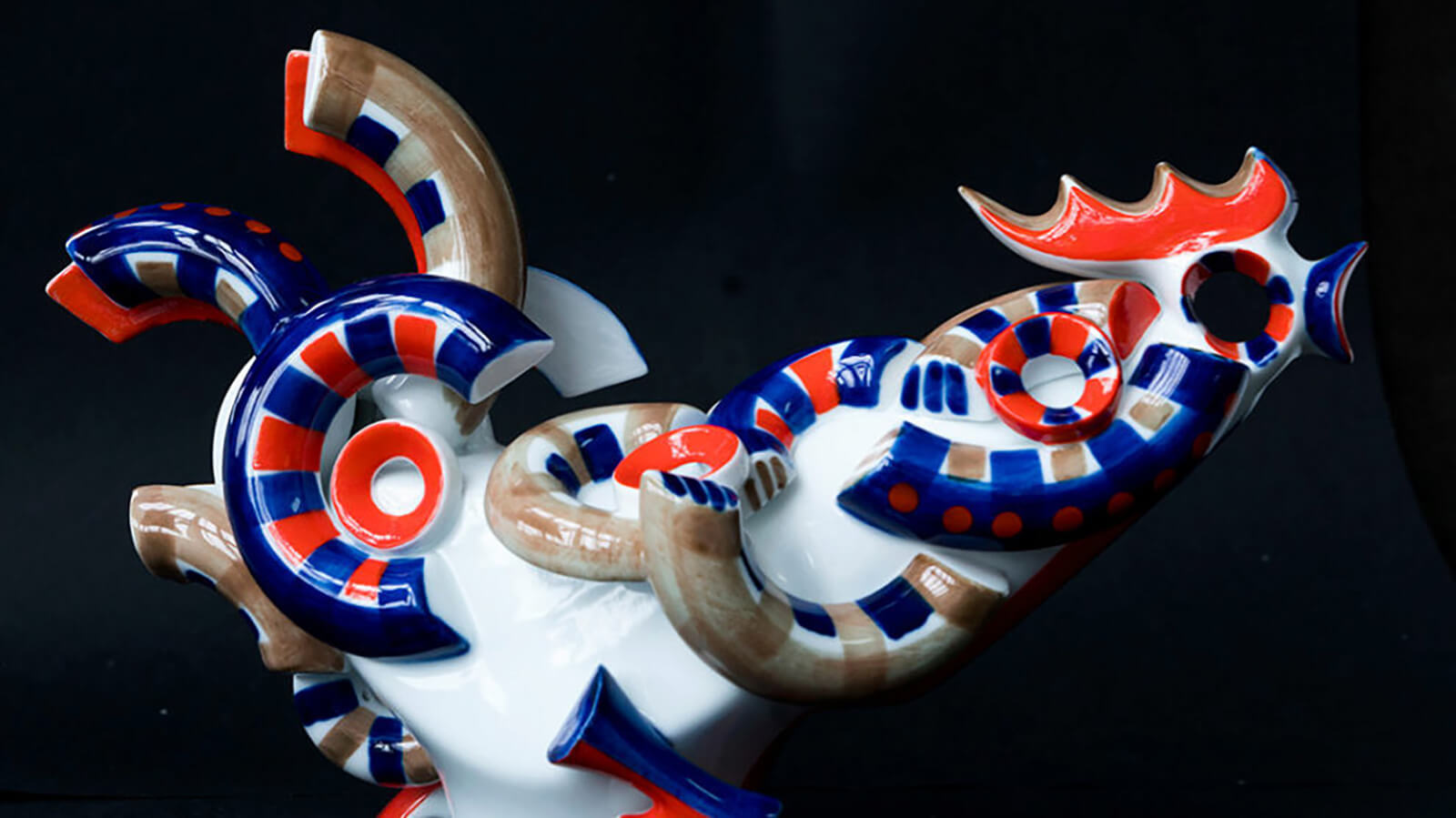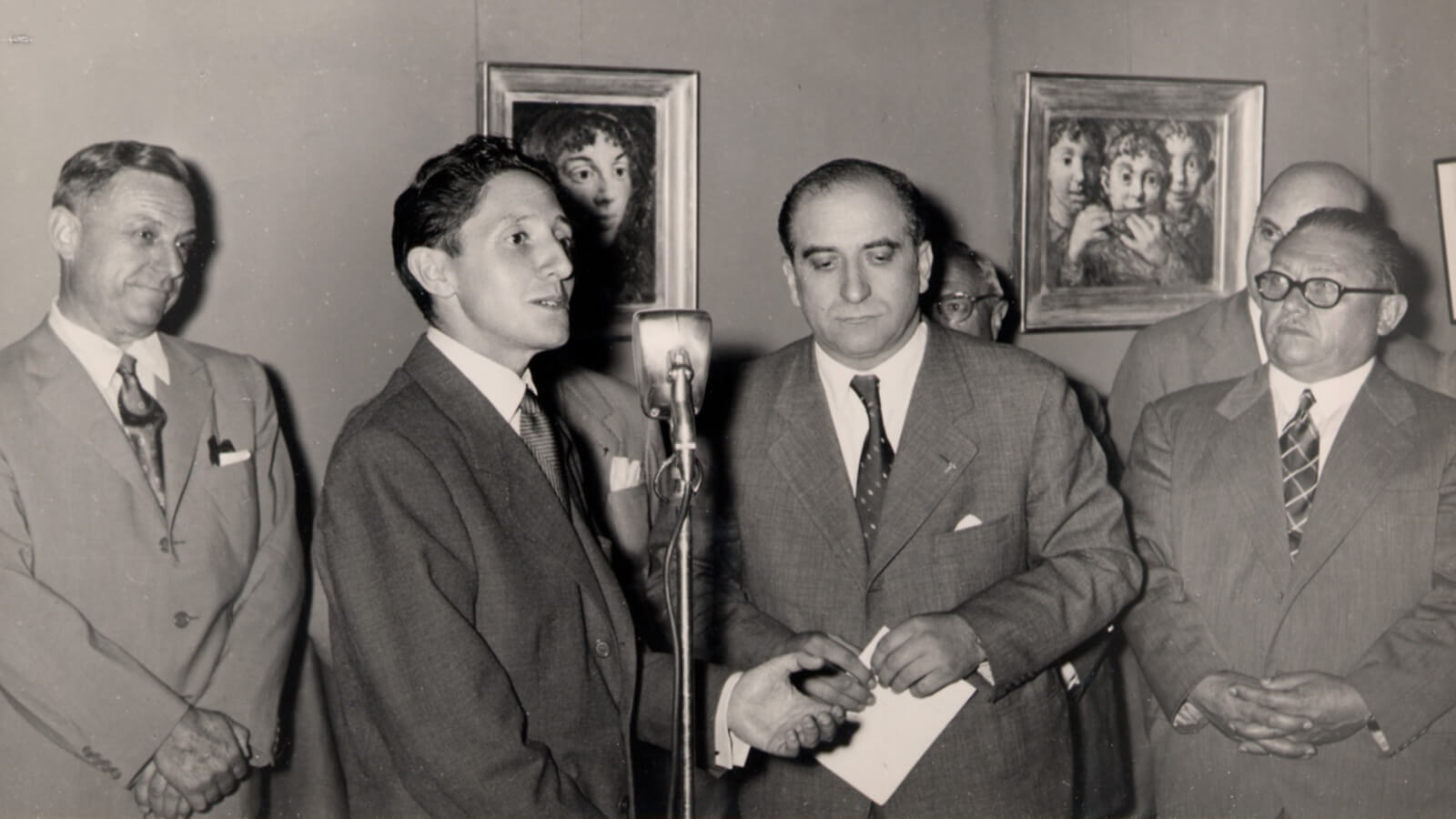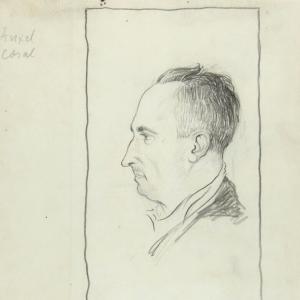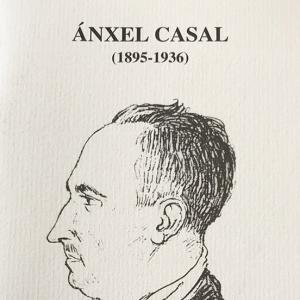Casal was the great publisher of the period of the “Brotherhoods”, the Nós Generation and the Seminario de Estudos Galegos: first in the publisher Lar, which he created with Leandro Carré Alvarellos in 1924; and then alone, in the publisher and printer Nós, which he founded in 1927. With Nós, Casal aimed to provide Galicia with a stable publishing structure, publishing key texts for modern Galician culture, but also designing editions that were on a level with the best of Europe at the time.
Between 1927 and 1936 he published the most important works of Galician literature and non-fiction written before the Civil War, took charge of the publication of the daily A Nosa Terra and of the magazine Nós, printed nearly all the publications of the Seminario de Estudos Galegos and incorporated into the publishing world the drawings, illustrations and designs of the Renewal Movement of Galician art. Politically he was an active militant in the Irmandades de Fala (Brotherhoods of the Language) in the Organización Gallega Autónoma (Autonomous Galician Organisation) - ORGA) and in the Galicianist Party.
Casal was the great publisher of the period of the “Brotherhoods”, the Nós Generation and the Seminario de Estudos Galegos.
In 1936, after the election triumph of the Popular Front he was appointed mayor of Santiago, and subsequently deputy-president of the Provincial Council of La Coruña and of the Central Committee for the Autonomy of Galicia; and chairman of its executive committee, playing an important role in the organisation and coordination of the propaganda and infrastructures of the referendum campaign for the Charter of Autonomy.
In 1936, after the election triumph of the Popular Front he was appointed mayor of Santiago
After the success of the military coup in July 1936, he was arrested and killed on a bend in the road in Cacheiras, near the cemetery of Teo.
After Casal moved to Santiago de Compostela in 1931, living in the house which was lent to him by his friend Camilo Díaz Baliño, Isaac Díaz Pardo was on friendly terms with the publisher.
After the success of the military coup in July 1936, he was arrested and killed on a bend in the road in Cacheiras, near the cemetery of Teo.
Years later, Díaz Pardo became Casal’s great supporter, publicly reclaiming his figure with articles in the press, the publication of biographies about him written by Francisco Fernández del Riogo and Ernesto Vázquez Souza, a great exhibition in the Sargadelos Gallery of Santiago on his role as publisher and politician, and the publication by the Novo Seminario de Estudos Galegos in collaboration with the Council for Galician Culture, of the catalogues of Lar and Nós.
After Casal moved to Santiago de Compostela in 1931, living in the house which was lent to him by his friend Camilo Díaz Baliño, Isaac Díaz Pardo was on friendly terms with the publisher.
Castelao said, “Casal did more for Galicia than all of us”; now we can say that Díaz Pardo was the man who did most for Casal among us.

